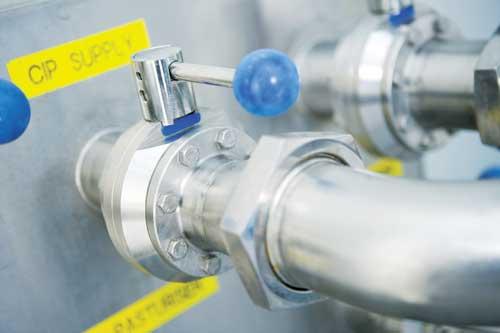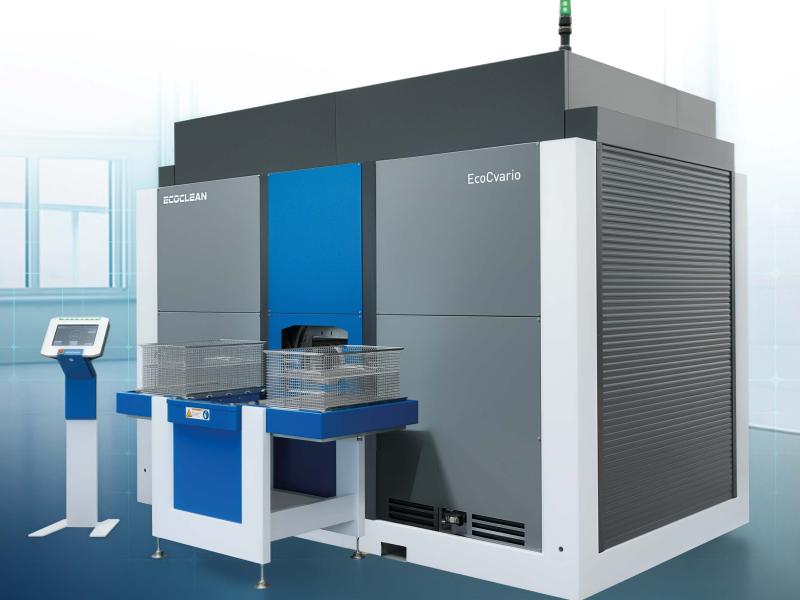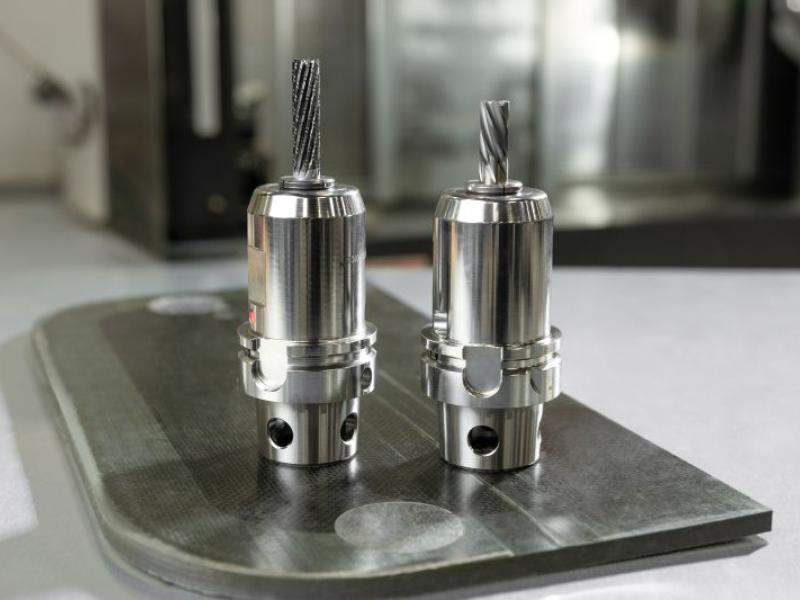Cleaning in place (CIP) refers to the use of a mix of chemicals, heat and water used to clean machinery, vessels or pipe work without dismantling the plant. CIP has been around for about 50 years and is used in hygiene critical industries, including food, beverage, biotechnology and pharmaceutical, to clean primary (and some ancillary) plant lines. The process can be one shot, where everything goes to drain, or recovery, which recycles most of the liquid. Overall, CIP can be a very efficient way of cleaning.
CIP should be used in any industry and plant where hygiene is critical; the process is usually an integral part of established automation systems.
However expanded health and safety/food security compliance is set to make CIP more stringent – which is good, given a shiny surface on the outside of the plant is no guarantee of cleanliness on the inside.
CIP is principally concerned with soil removal; however soil refers to anything that should not be present in a clean vessel and is therefore ‘soiling’ the vessel. Soil can cause tainting and can often be smelled. It may be visible (scale, foreign bodies) or invisible in the form of bacteria, such as E Coli or yeast spores. A CIP process of at least 15 minutes of a suitable chemical (strength dependent on chemical supplier and product) is required to remove vessel soiling. The CIP process should optimally run between 50 degrees Celsius and 75 degrees Celsius, as there is no cleaning advantage to heating beyond 75 degrees Celsius.
Cleaning agents
Commonly used chemicals for soil removal include Caustic Soda, Phosphoric and Nitric acids, Sodium Hypochlorite (Hypo) and Peracetic Acid (PAA). Caustic Soda is an alkali typically used at 0.5 percent to 2 percent volume. It reacts with fats in the soil to soften them for removal. One downside is that Caustic Soda is not effective for removing scaling. In addition, sequestriants are often added to keep soiling in solution.
Phosphoric and Nitric Acids are used in detergent formulations for scale removal, often at lower temperatures than Caustic. These acids must be used with care as they can attack valve and pump seals. They are often used in dairies for one week in every six weeks, to remove milk scale. Phosphoric and Nitric acids are frequently used after commissioning, to remove installation debris.
Sodium Hypochlorite, usually called Hypo, is very inexpensive which offers a strong advantage. However, it is primarily used for disinfecting because its ability for soil removal is poor. The active ingredient of Hypo is chlorine (bleach). When concentrated, this can corrode stainless steel in and will attack seals and personnel. It will also taint the process if not carefully rinsed out, and is dangerous if mixed with acid as it will form poisonous chlorine gas.
PAA is an equilibrium mixture of acetic acid and hydrogen peroxide. It is a powerful oxidising agent with an oxidation capacity higher than sodium hypochlorite and chlorine dioxide, and is comparable to the oxidative capacity of ozone. PAA at 75 mg/L is reported to successfully kill 100 percent of a 10(7) cell/ml yeast or bacterial population in 30 seconds.
CIP line and vessel cleaning
When cleaning lines in process equipment using CIP, the correct fluid velocity must be achieved to obtain good cleaning. Laminar flow below velocity 1.5m/s does not give good cleaning characteristics; quite turbulent flow is instead required, at velocities between 1.5 to 2.1m/s. There is no gain at velocities above 2.1m/s.
In cleaning vessels, two main methods are generally employed. The first one uses high pressure cleaning to remove soil by force, with the vessel surface being sprayed in a series of passes. The second method employs low pressure cleaning heads that rely purely on chemical action to remove the soiling.
CIP return
The majority of problems with CIP can be attributed to poor CIP return. This causes excessive CIP times, excessive use of detergent and heat, and high effluent discharge.
To overcome these problems, the system for return must quickly and efficiently return the cleaning solutions back to the CIP set. Critical in this is the choice of scavenge pump. Poor scavenge causes back-up of cleaning solution as well as poor cleaning of the lower part of the vessel. In contrast, effective scavenge allows fresh cleaning solutions to contact all vessel walls and carry away soil effectively.
CIP optimisation
Most CIP sequences are never altered following installation; they are usually set to ‘defaults’ which are set during commissioning. However, CIP operators can optimise their systems by monitoring a number of key parameters. These are:
What temperature and concentration (conductivity) are the Caustic tanks set to? These are often set too high with no added benefit.
Consider the pre-rinse – does it run clear and then keep going? Is the pre-rinse eliminating sufficient residue? Could it operate more efficiently?
Caustic fill – how high are the return conductivity and temperature transmitters set? Keeping parameters as near as possible to the limiting effective temperature and pressure; higher parameters derive no benefit but cost in resource inputs.
Intermediate rinse – is it removing Caustic solution and temperature prior to sterilisation? Optimise volume, velocity and time of rinse.
Sterilisation – what strength is the sterilising agent and how long is the contact time? Avoid wasted resources by ensuring strength and contact are idealised.
Finally, all changes resulting from the CIP monitoring process should be documented and validated, to meet statutory regulations and/or specific client requirements.
Article by Chris Hoey, Managing Director & Regional Coach, Pacific, Bürkert Australia






